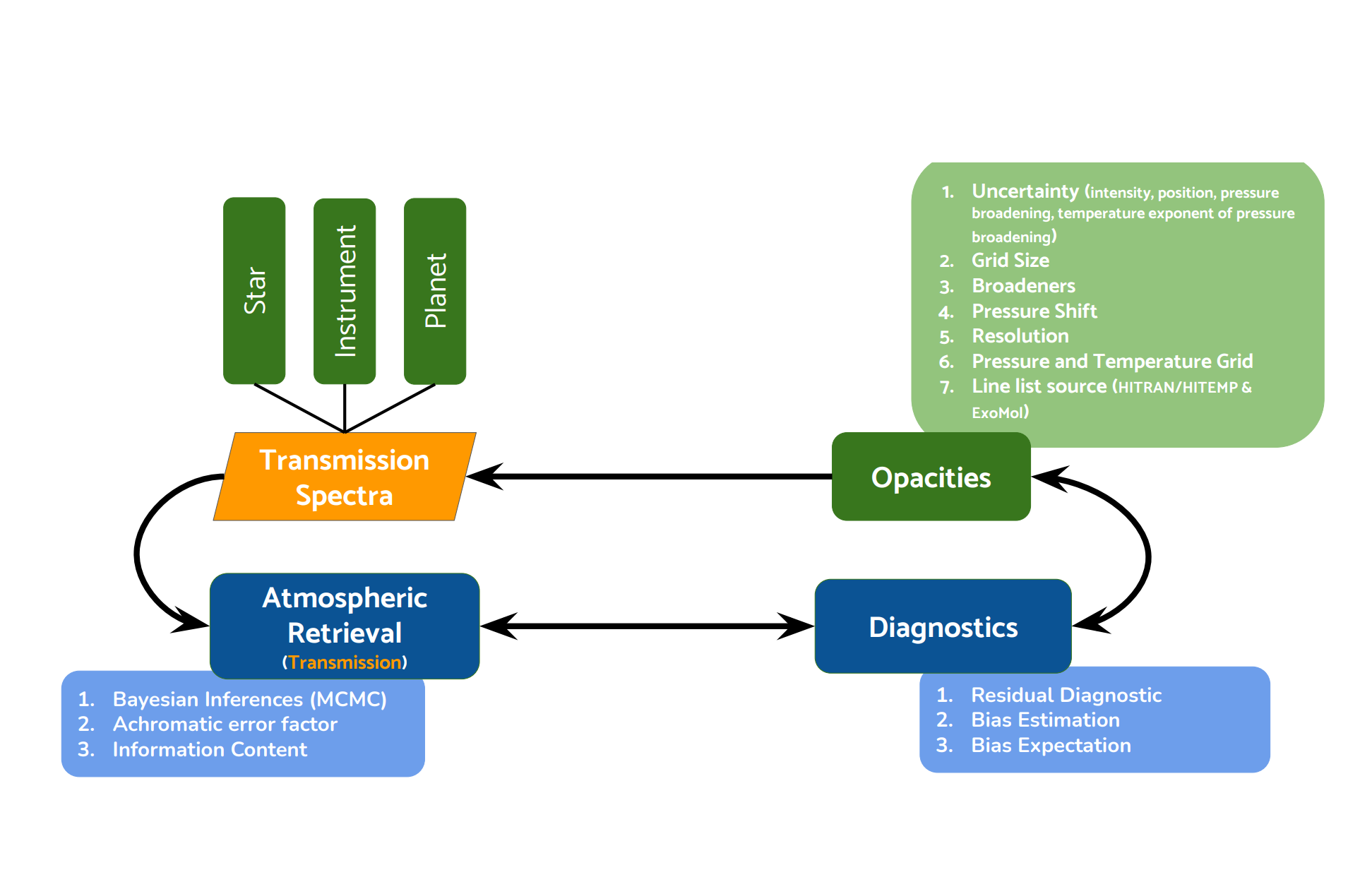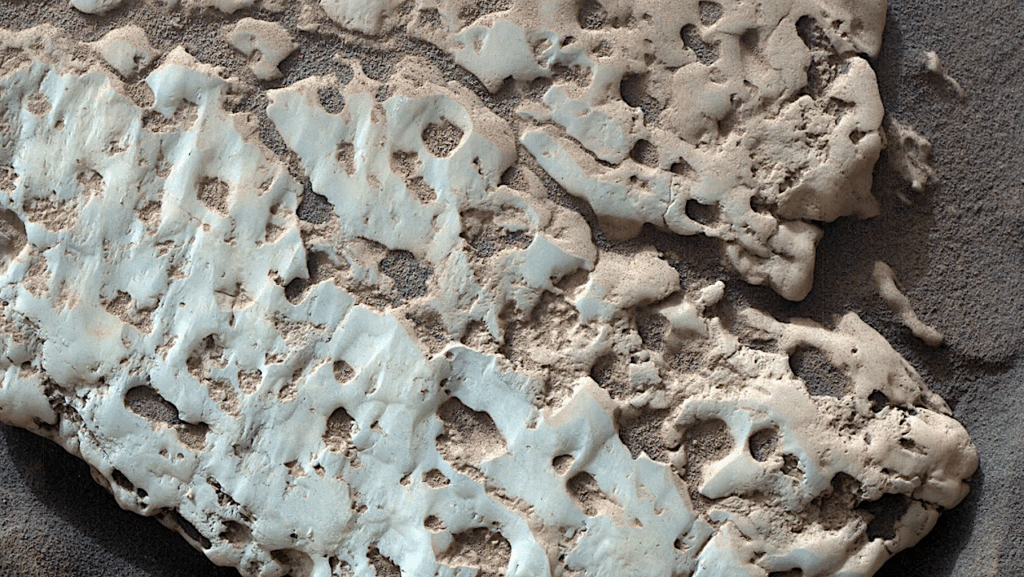The Impending Opacity Challenge in Exoplanet Atmospheric Characterization

With a new generation of observatories coming online this decade, the process of characterizing exoplanet atmospheres will need to be reinvented.
Currently mostly on the instrumental side, characterization bottlenecks will soon stand by the models used to translate spectra into atmospheric properties. Limitations stemming from our stellar and atmospheric models have already been highlighted.
Here, we show that the current limitations of the opacity models used to decode exoplanet spectra propagate into an accuracy wall at ~0.5-1.0 dex (i.e., 3 to 10x) on the atmospheric properties, which is an order of magnitude above the precision targeted by JWST Cycle 1 programs and needed for, e.g., meaningful C/O-ratio constraints and biosignatures identification.
We perform a sensitivity analysis using nine different opacity models and find that most of the retrievals produce harmonious fits owing to compensations in the form of >5σ biases on the derived atmospheric parameters translating in the aforementioned accuracy wall. We suggest a two-tier approach to alleviate this problem involving a new retrieval procedure and guided improvements in opacity data, their standardization and optimal dissemination.
Prajwal Niraula, Julien de Wit, Iouli E. Gordon, Robert J. Hargreaves, Clara Sousa-Silva, Roman V. Kochanov
Comments: 16 Pages, 12 Figures
Subjects: Earth and Planetary Astrophysics (astro-ph.EP)
Cite as: arXiv:2209.07464 [astro-ph.EP] (or arXiv:2209.07464v1 [astro-ph.EP] for this version)
https://doi.org/10.48550/arXiv.2209.07464
Focus to learn more
Journal reference: Nature Astronomy, Sept 15, 2022
Related DOI:
https://doi.org/10.1038/s41550-022-01773-1
Focus to learn more
Submission history
From: Prajwal Niraula
[v1] Thu, 15 Sep 2022 17:06:26 UTC (12,020 KB)
https://arxiv.org/abs/2209.07464
Astrobiology








